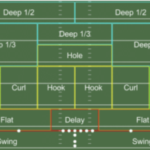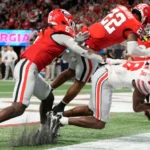Search Your Defensive Back Topic
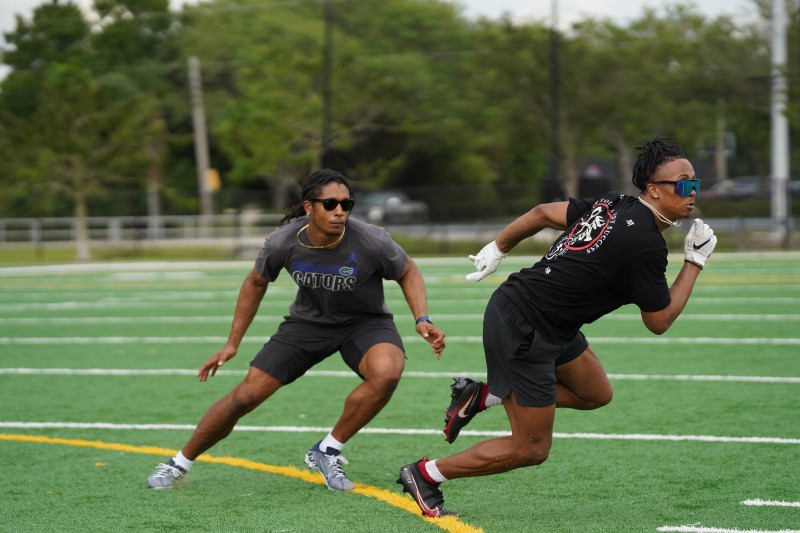
How to Master the Moves of a Defensive Back
Name a sport, any sport that’s not football. Chances are the participants are running forward for the majority of the time to compete and beat their opponent. It must be nice. That’s not how defensive backs in the game of football live...
Read More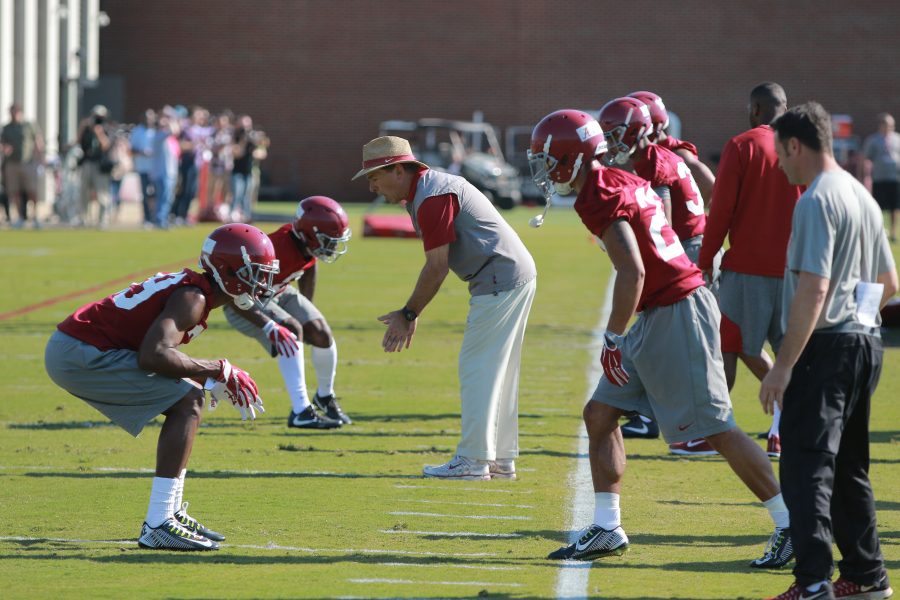
The Importance of Indy Period for DBs
If you’re like most defensive backs, you probably hate your individual period at practice. However, if you want to be elite, you need to slide into the minority group that loves indy for what it is and that’s the key to your success. Yes, I ...
Read More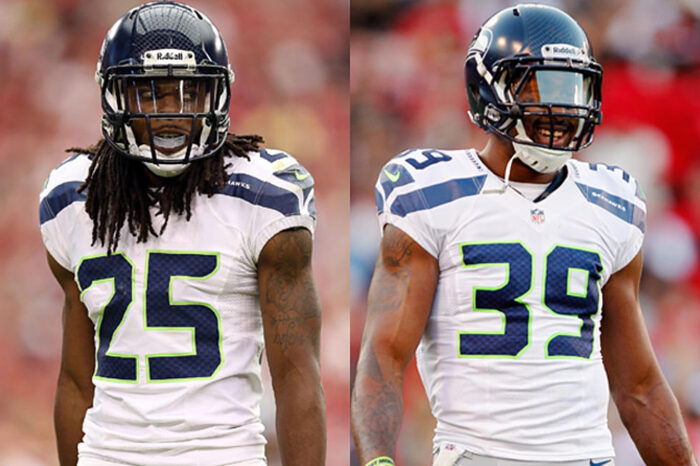
Dynamic Duo: Sherman and Browner
Knowing history can give you an understanding of the where and why of the now. It is with that in mind that I bring you series like Dynamic Duo, Boss Unit and Know Your DB History. Continuing with the Dynamic Duos, you know I have to give you one on a part of...
Read More
Great DBs Study Themselves
By now your season is over and your mind has shifted into offseason mode. That means getting yourself prepared for the next season on the horizon. While you are making plans on what you want to be and look like physically when the Fall rolls around, it is imp...
Read More
This One Thing Can Help You Make More Plays at DB
Football is a stressful game and we all know that. Not only is it taxing from a collision stand point but it is taxing on a cardiovascular level. Some guys prepare for the latter better than others. The elite ones are never lacking in this area. You may have ...
Read More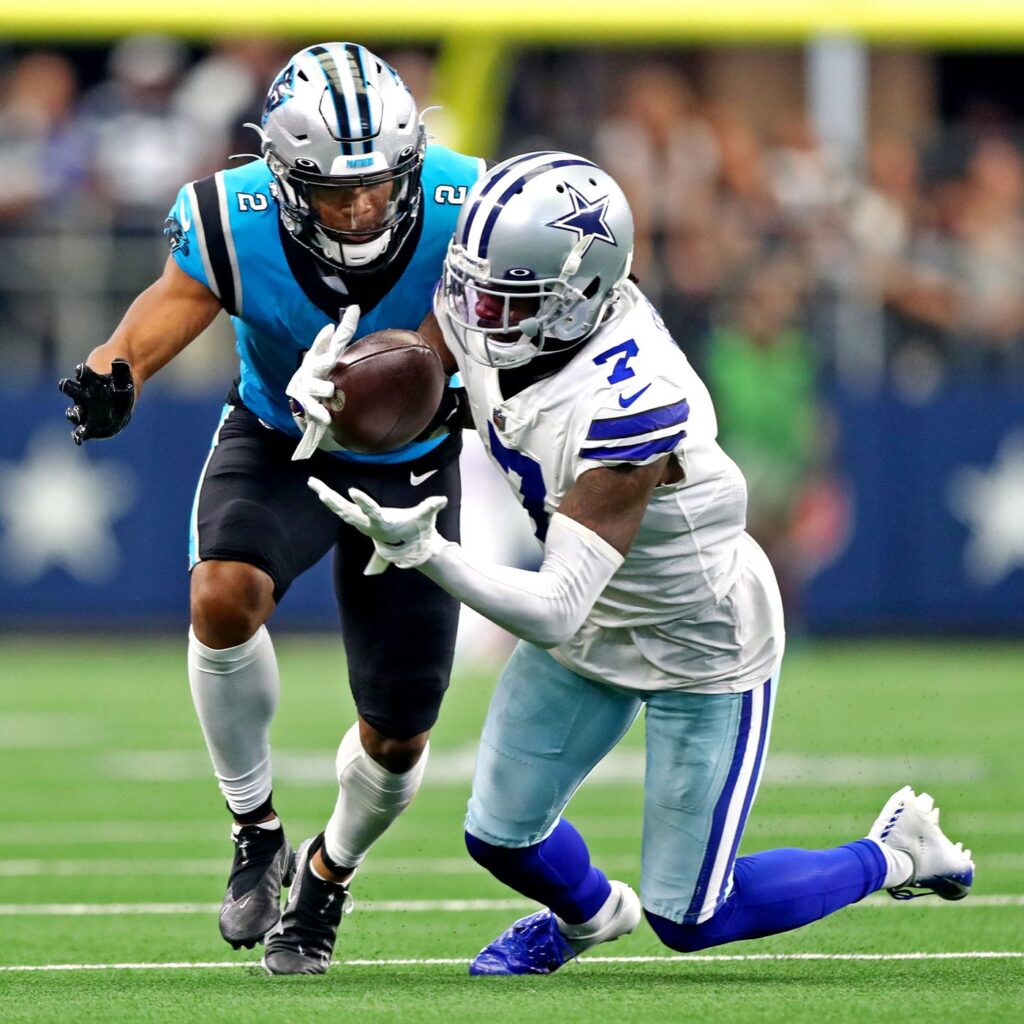
You Have to Finish the Play
By: Chad Wilson Owner – All Eyes DB Camp How many times have you done everything you needed to do at the snap. Your eyes were in the right place, your footwork was on point, you drove on the man like you were supposed to but when the moment of truth cam...
Read More
4 Ways Linebackers Can Help the Secondary in Pass Coverage
By: Chad Wilson Owner – All Eyes DB Camp You’ve heard the saying “It takes a village to raise child”? Well, in that same vain, it takes a whole unit to stop a passing attack. In this article, I am going to talk about one th...
Read More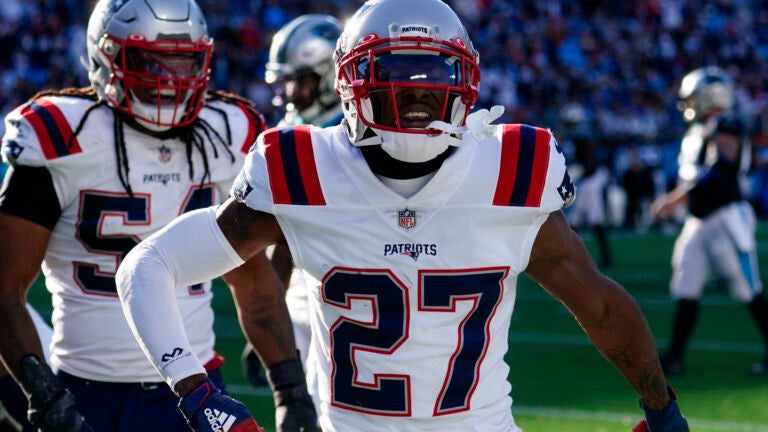
Keys to Playing Zone Defense the Right Way
Most cornerbacks that you run into will tell you that they prefer to play man coverage over zone coverage. There are a number of reasons for this. One is because they think it shows their worth at the position. Second, it’s because zones can be co...
Read More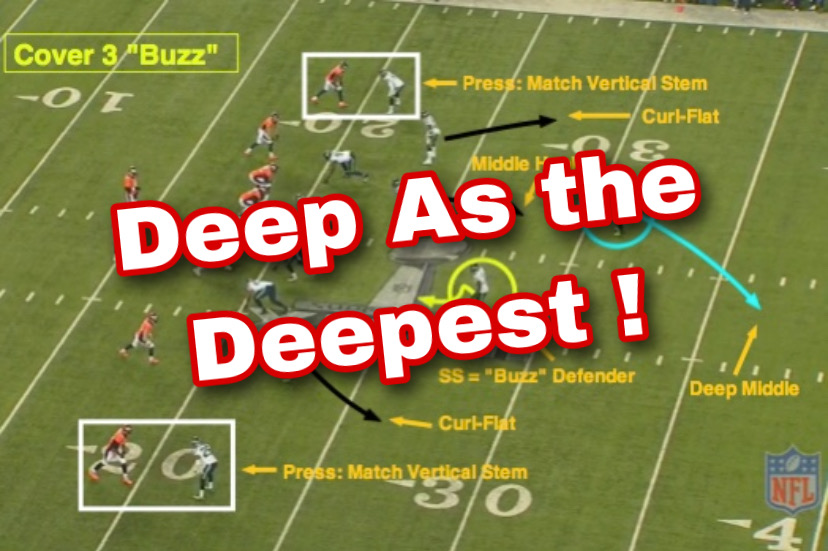
Be As Deep as the Deepest
If you played defensive back and safety in particular, you have likely had a coach tell you this when discussing a coverage. “Be as deep as the deepest”. There’s nothing worse than getting a ball thrown over your head as a defensive ba...
Read More

